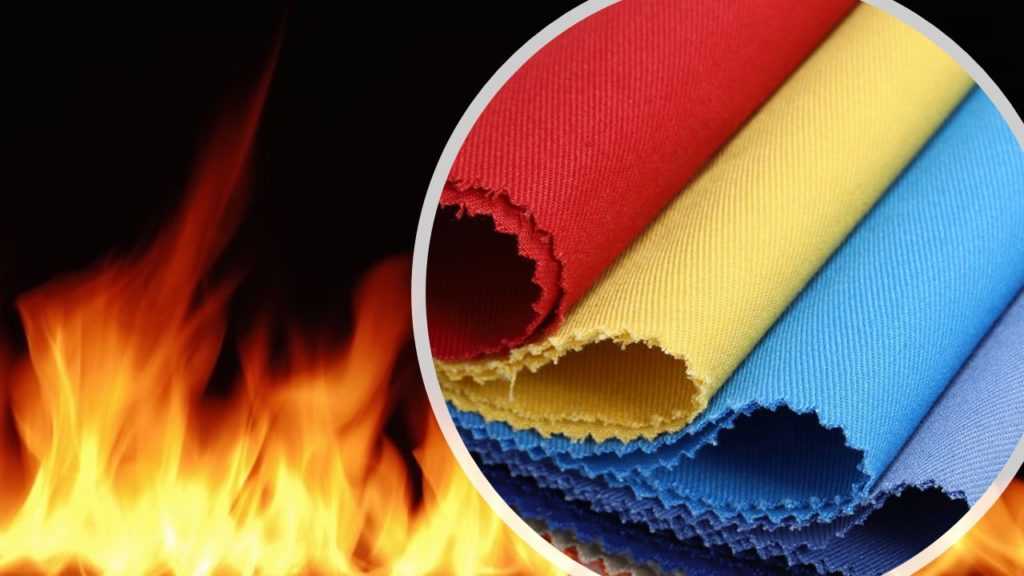Site: Home > Home > News and events
Flammability rating standards establish guidelines and criteria for assessing the fire performance and flammability of materials. These standards provide a basis for evaluating the potential fire hazards associated with different materials and help ensure compliance with safety regulations. Here are some commonly used flammability rating standards:
1. UL 94: UL 94 is a flammability standard developed by Underwriters Laboratories (UL) that is widely used for testing the flammability of plastic materials. This standard classifies materials into different flame resistance ratings based on their performance during vertical and horizontal flame tests. The ratings include V-0, V-1, V-2, HB, and others, indicating the material's ability to self-extinguish, resist flame propagation, and emit minimal smoke.
2. ASTM E84: ASTM E84, also known as the Steiner Tunnel Test or the Standard Test Method for Surface Burning Characteristics of Building Materials, evaluates the surface burning characteristics of various building materials, including carpets. This test measures parameters such as flame spread index (FSI) and smoke development index (SDI). The results are used to classify materials into different flame spread classes, such as Class A, Class B, or Class C.

3. NFPA 701: NFPA 701 is a standard developed by the National Fire Protection Association (NFPA) specifically for evaluating the flammability of textiles and films used in draperies, curtains, and other window treatments. This test assesses the flammability of these materials under specific ignition sources and conditions. The standard provides pass/fail criteria based on flame propagation, afterglow, and weight loss.
4. FM Global Approval Standards: FM Global develops and maintains a series of approval standards for different materials and products related to fire protection. These standards focus on industrial and commercial fire hazards and provide guidelines for materials and fire protection systems, including flammable liquids, electrical equipment, and fire-resistant roofing materials.
5. IMO FTP Code: The International Maritime Organization (IMO) Fire Test Procedures (FTP) Code establishes international standards for the flammability of materials used in marine construction, including ships and offshore structures. This code includes tests for different materials, such as textiles, bulkheads, ceilings, and floor coverings, to ensure they meet specific flame spread and smoke emission requirements.
6. California Technical Bulletin 117 (TB 117): TB 117 is a standard developed by the California Bureau of Electronic and Appliance Repair, Home Furnishings, and Thermal Insulation (BEARHFTI). It specifically focuses on the flammability of upholstered furniture, mattresses, and bedding materials sold in California. The standard sets requirements for the smolder resistance of these products.
These are just a few examples of commonly used flammability rating standards. It's important to note that specific industries and regions may have additional or modified standards based on local regulations and safety considerations. When assessing flammability ratings, manufacturers and consumers should consult and comply with the applicable standards to ensure the safety of their products and environments.
Copyright 2022:Qinsun Instruments Co., Limited
High-end textile tester supplier Email:info@qinsun-lab.com | Textile Testing Equipment pdf | Tel:021-67800179 |